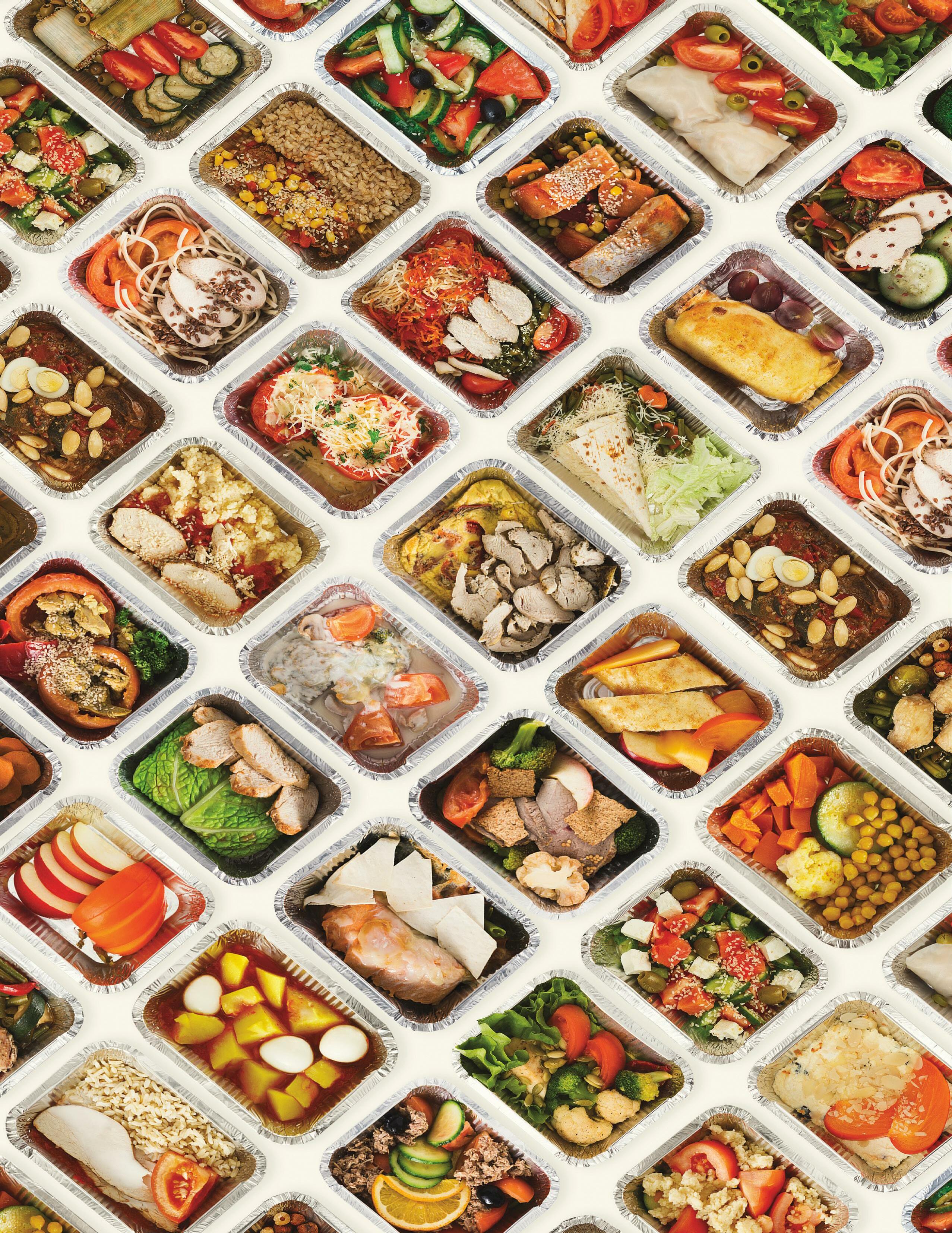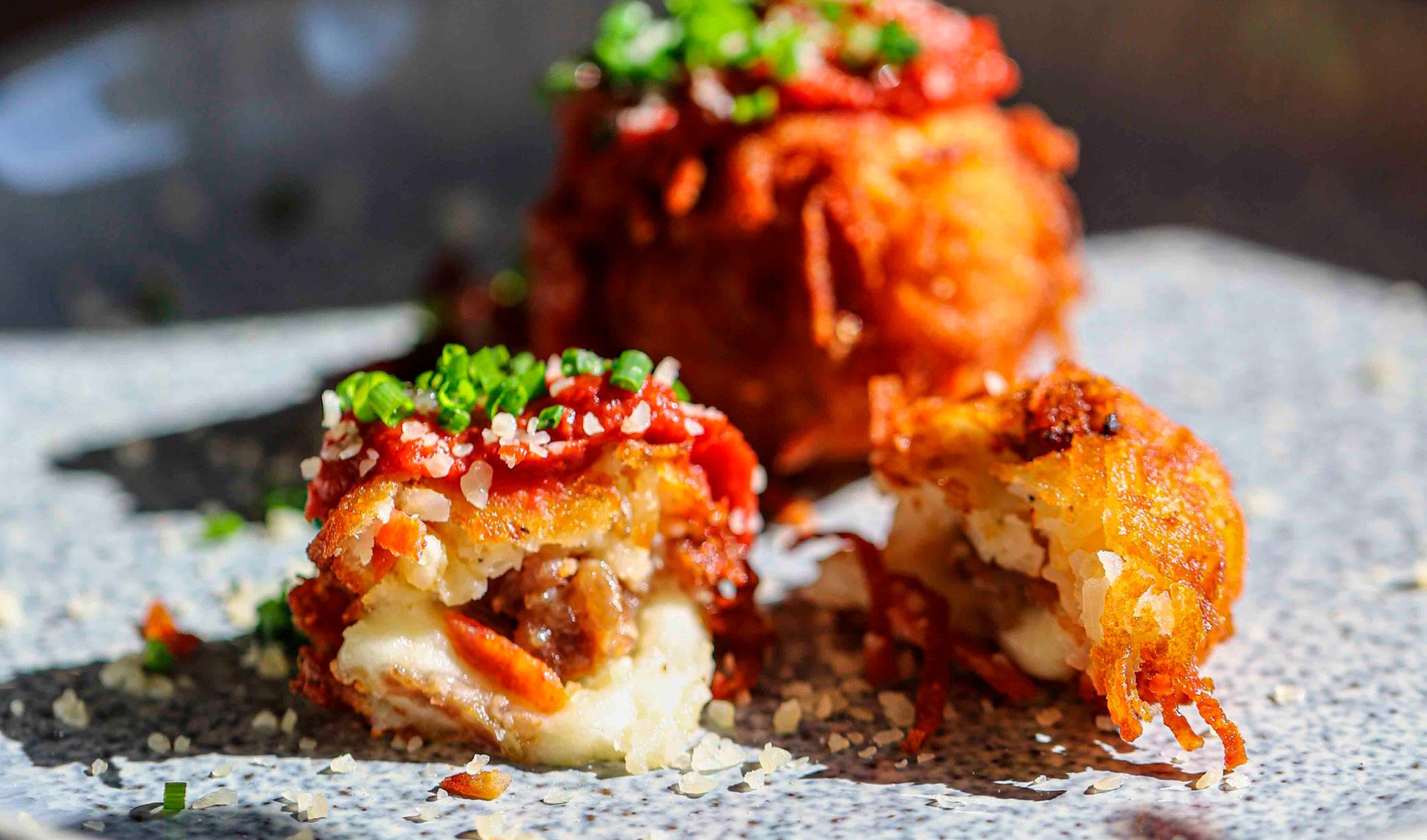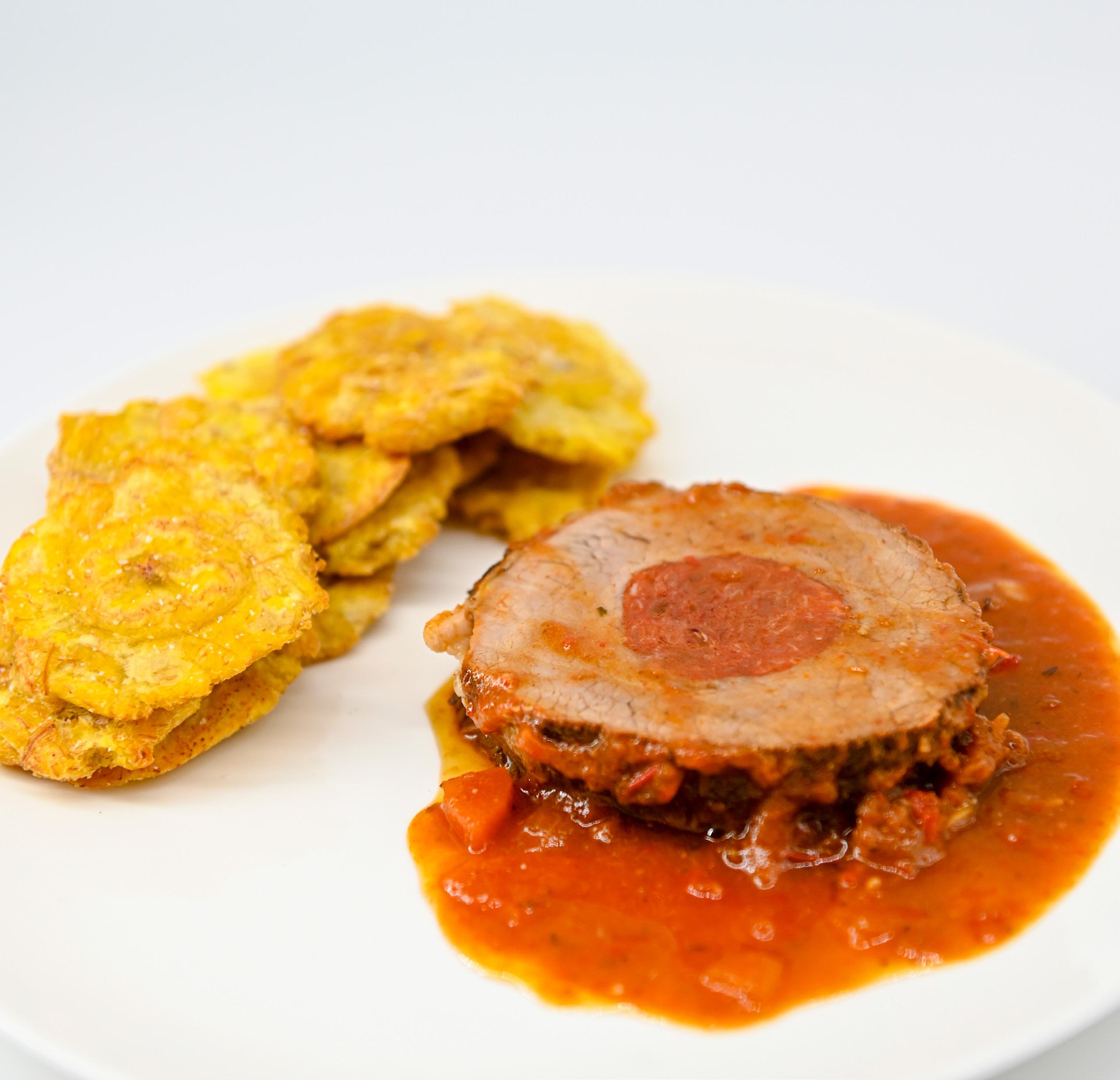
5 minute read
Main Course
from National Culinary Federation (Jan/Feb 2021)
by National Culinary Review (an American Culinary Federation publication)
MELT THE DAY AWAY
The times we’re living through demand comfort food — the cheesier, the better
By Liz Barrett Foster

We’ve always used cheesy foods to make ourselves feel better, whether it’s a gooey grilled cheese paired with chicken noodle soup to help a cold go away faster, or a big cheese pizza after a hard work week. Now we’re all living through a global pandemic. As everyone looks for small and simple ways to boost their moods (even if just temporarily), consumers are craving — and seeking out — familiar foods that drum up feelings of warmth and comfort. Here, we explore a few new ways to integrate the comforting vibe of melted cheese into your menu.
MAKING CHEESE MELT
It’s true that most cheeses will melt, if they get warm enough. However, there’s a scientific reason why some cheeses melt easily while others hold their structure long after hitting the heat.


The act of melting cheese is a delicate balance between moisture, age and acid content, according to Chef Chris Bugher, CEC (opposite), chef-instructor of culinary arts at Asheville-Buncombe Technical Community College in Asheville, North Carolina. “A really, really fresh cheese can melt decently, but it can also curdle,” he says. “A young cheese is probably the best for melting. An aged cheese can melt, but it can be tough, because the protein structure is so tight due to moisture loss.”
Another factor in how well a cheese melts has to do with acidulation, according to Chef Bugher, which occurs when an acid element is added to a cheese. “Animal rennet melts really well, but if you add acid to cheese, it interferes with the denaturing process of the proteins,” he says. “So, for example, a cheese like feta, which is brined, won’t melt very well.”
Whichever cheese you choose to melt, Chef Bugher suggests opting for a low-and-slow method over cooking cheese too quickly, which can extract the butterfat too soon. “Take a little bit of cornstarch and mix that with white wine as a base before you even start [melting],” he says. “It’s a version of the slurry that creates a traditional Swiss fondue.”
If you’re in a pinch and need to melt cheese fast without making a fondue base or using the traditional two-tothree-minutes-underthe-broiler method, Chef Dave Woolley (above), “director of deliciousness” for Atlanta-based Buffalo Wild Wings, says that he regularly uses a Searzall, a blowtorch attachment that diffuses the flame and helps cheese melt quickly and efficiently. NEWLY TRENDY CHEESES
Cheddar and mozzarella have been the go-to melting cheeses for decades, but with so many cheeses to choose from now, chefs are getting more adventurous in their offerings.
Chef Bugher says he’s seeing a resurgence of Swiss raclette (which means “to scrape” in French), a traditional Alpine cheese that is usually served over pickled vegetables and potatoes. Just before the pandemic hit last year, social media feeds were flooded
- CHEF CHRIS BUGHER

with videos showing wheels of raclette on heat lamps being scraped onto the plates of awestruck customers.
Anne Hoyt, cheesemaker and co-owner of Leelanau Cheese, in Suttons Bay, Michigan, makes Swiss raclette, and points out that French and Swiss raclettes are two very different cheeses. The French raclette, which is what most retailers in the U.S. sell, is used almost exclusively for melting, due to its softness and pungency, according to Hoyt. The Swiss raclette is sweeter and more versatile, able to be melted or sliced for a variety of menu applications. “I like to say that Swiss raclette has the consistency of Gouda and the nuttiness of Gruyere,” she says.
Blue cheeses, such as Roquefort, are becoming popular to melt over eggs, steak or potatoes. “I like to crumble Roquefort cheese over skillet-fried potatoes and onions and serve that alongside a steak,” Chef Woolley says. “The Roquefort starts to melt, but not all the way, and it tastes great over the potatoes.”
Sometimes, cheese blends are the way to go. Chef Woolley says he’ll create a traditional mac and cheese with Monterey Jack, mozzarella and cheddar, and then grate nontraditional cheeses, such as raclette, on top to create different layers of flavor.
Liz Barrett Foster is a Mississippi-based writer who enjoys fishing and growing vegetables with her Mississippi-native husband. Melting Cheeses at a Glance

As cheese offerings expand at mass-market grocers and local cheese shops alike, consumers are faced with dozens of new cheese decisions. Author and cheese expert Laura Werlin (left) believes chefs and restaurant owners have the ability to close that loop, demystifying cheese the same way they demystify wine. “When a chef uses any ingredient, it’s basically an endorsement of that ingredient,” she says. “If I’m sitting in a New Orleans restaurant enjoying a dish that incorporates a delicious local cheese, I may go to that cheese shop the next day and ask for it.” Here’s a look at some of her favorite smaller-batch cheeses:
Le Crémeux from Kaltbach: a washed-rind, cave-aged cow’s-milk cheese from Switzerland with a firm yet creamy mouthfeel
Alpha Tolman from Jasper Hill Farm: dense and great for melting, this cheese tastes nutty and fruity when young and develops meaty flavors as it matures
Promontory Cheddar from Beehive Cheese
Company: sweet and creamy cow’s-milk cheddar cheese
Flagship from Beecher’s Handmade Cheese: a semi-hard cow’s-milk cheese that is aged for 15 months to develop its nutty flavor
Wagon Wheel from Cowgirl Creamery: aged a minimum of 75 days, this organic, single-source cheese tastes of salted brown butter, heavy cream, roasted leeks and roasted garlic when melted
Reading from Spring Brook Farm: raclettestyle cheese made from raw Jersey cow milk and aged three months
Thomasville Tomme from Sweet Grass Dairy:
cow’s-milk French farmhouse table cheese with an earthy flavor and creamy texture
Burrata from Di Stefano Cheese: a mozzarella pouch filled with fresh, creamy Stracciatella cheese
Snowmass Raclette from Haystack Mountain
Cheese: made with pasteurized Colorado cow’s milk, this raclette-style cheese is designed for melting and topping meats or veggies, or to be the star of a cheese board








